This post contains affiliate links, meaning, if you click through and make a purchase, I may earn a commission at no additional cost to you. As an Amazon Associate I earn from qualifying purchases.
While the world is still focused on the FIFA World Cup wrapping up this week, allow me to bring your attention to a different sporting event going on right now, the Tour de France.
What is the Tour de France?
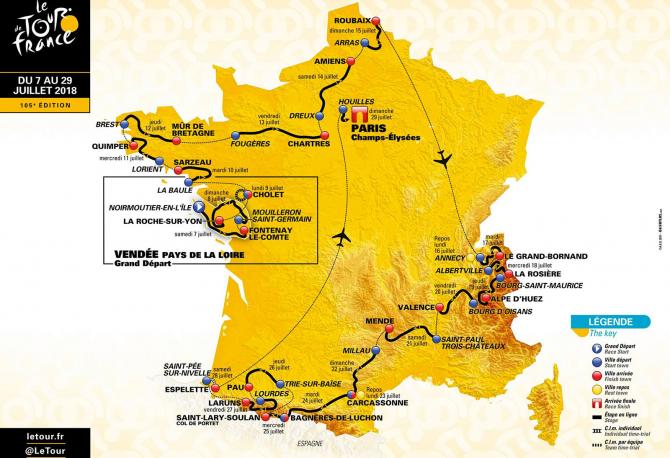
Photo: Cycling News
The Tour de France is a 21-stage cycling race spread over 23 days, one of the three Grand Tours of cycling, along with Giro d’Italia and Vuelta a España.
It is the largest annual sporting event on the planet, not just the largest cycling race. It attracts the most live spectators of any sporting event in the world. That’s right, more than the FIFA World Cup and even the Olympic Games!
The magic of this event is that it is accessible to the public for free along the side of the roads traveled throughout the route.
So you could just be living in some small town that has nothing going on 364 days of the year, but for one day the biggest sporting event in the world comes right to your front door!
First organized in 1903 to increase sales of L’Auto, a French sports newspaper, the 2018 Tour de France is the 105th edition of the annual cycling race. (The event stopped for a few years because of the two World Wars.)
RECOMMENDED READING The First Tour de France: Sixty Cyclists and Nineteen Days of Daring on the Road to Paris
This year’s edition started just last Saturday, July 7th and is set to finish on Sunday, July 29th.
22 teams are competing with a total of 176 riders. That’s 8 riders per team, for the first time this year after the Union Cycliste Internationale (UCI) changed the rules from 9 maximum riders per team to 8 in an attempt to make the event safer.
While crashes may be exciting for spectators, they’re not so fun for the riders!
The route for the Tour de France changes every year, although some things stay the same:
- most of the race occurs within mainland France, although sections through neighboring countries are common
- several stages pass through the Alps and the Pyrenees
- the grand finish takes place on the Champs Elysées in Paris
RECOMMENDED READING Le Tour de France: The Official History
This year’s edition covers 3,351km, or around 2,082 miles.
That’s roughly the distance between the Euzko Etxea in Brooklyn, New York to the Alkartasuna Basque Club in Rock Springs, Wyoming.
I know we have some fit Basques in the diaspora here… Any takers?
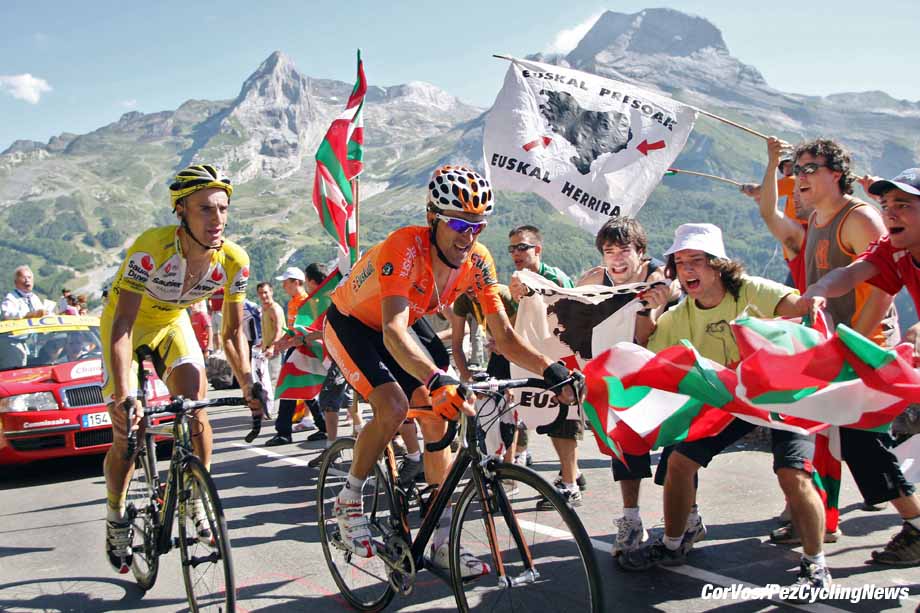
Photo: Pez Cycling News
Not only is the Tour de France one of the world’s biggest sporting events, it is also one of the most grueling. Riders burn on average 5,000 calories a day during the Tour de France, nearly twice as much as professional runners during a single marathon.
Need I remind you they do this for 21 day-long stages, with only 2 rest days in between??
According to SB Nation,
Cycling a grand tour is as much a fight against one’s own body as it is against opponents. Quite literally, cyclist’s bodies begin fighting back after the first week. Riders begin to lose muscle, their immunes systems tank, and they practically have to force feed themselves in order to maintain the baseline system functionality
Sounds awful, doesn’t it?
Maybe sounds like the kind of train wreck you want to watch?
RECOMMENDED READING The Comeback: Greg LeMond, the True King of American Cycling, and a Legendary Tour de France
What Does the Tour de France Have to Do with the Basque Country?
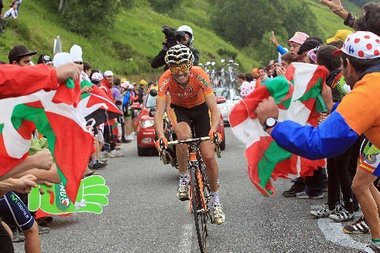
Photo: Stephen’s Liberal Journal
As the Tour de France goes through the Pyrenees every year, occasionally it passes through the Basque Country.
But I want you guys to pay special attention this year because this is the first time since 2006 that the Tour de France has passed through the Basque Country.
That’s 12 years we’ve gone without internationally televised coverage of the gorgeous Basque countryside!
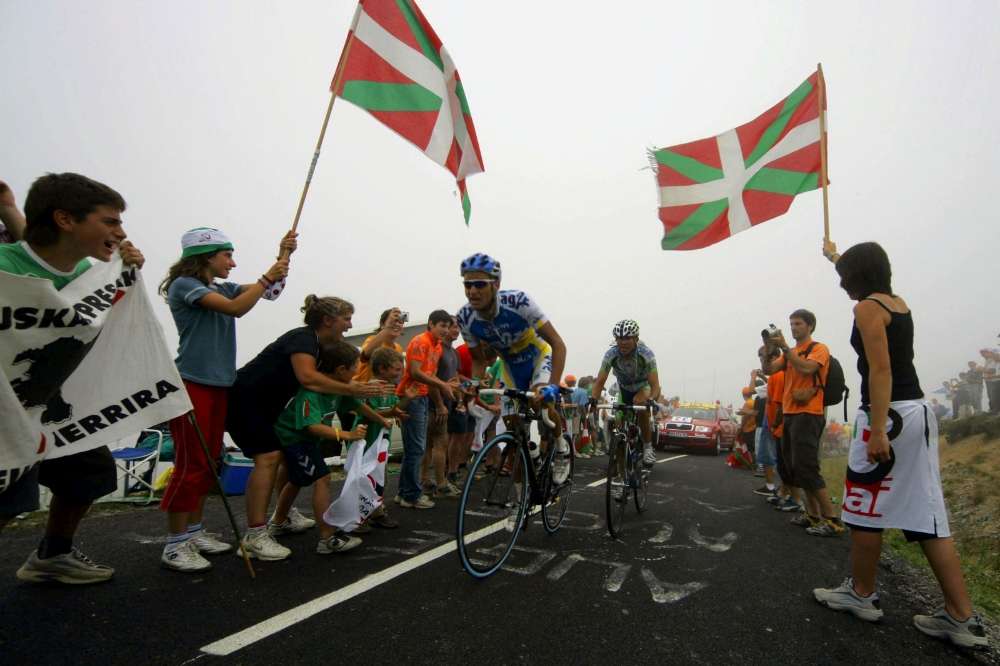
Photo: Sudouest
Riders will travel through the Basque province of Lapurdi on Stage 20, the penultimate day of the event, on Saturday, July 28th.
It’s a relatively short leg of the race at 31km / 19mi long (the average stage is 160km / 99mi) starting in Saint-Pée-sur-Nivelle / Senpere.
Riders will pass through Ustaritz, Souraïde / Zuraide, top out at the Col de Pinodieta at 900m / 2,950ft, before descending to the finish in the famous Espelette / Ezpeleta at 75m / 246ft above sea level.
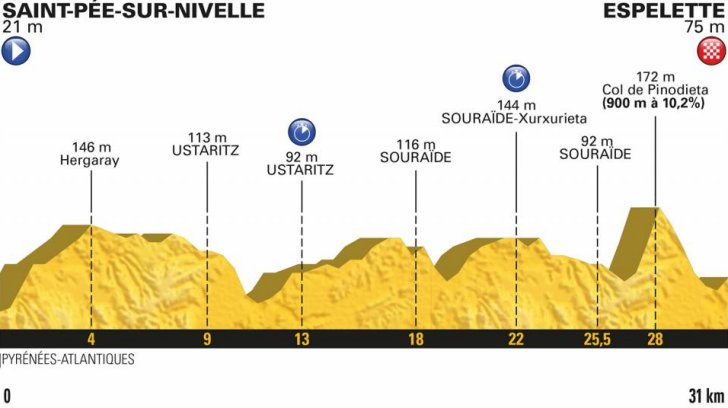
Photo: Cycling Stage
My ears are popping just looking at the elevation map!
But compared to the elevation gains riders will be making through the Alps and the Pyrenees, this stage through the Basque Country will be more of a ride through the park for these world-class athletes.
The route is considered hilly rather than mountainous.
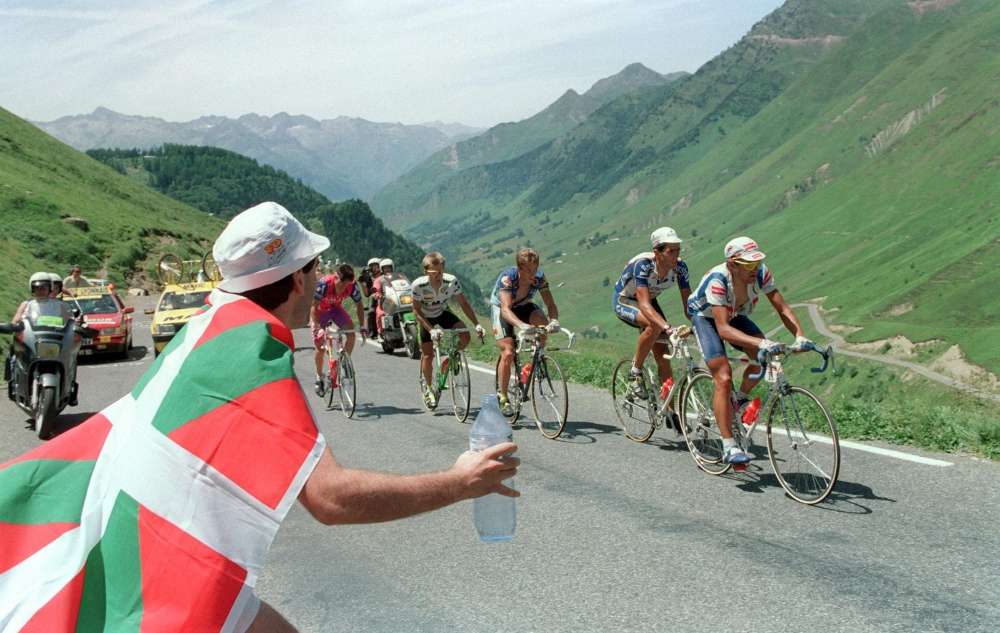
Photo: Sudouest
The stint through the Basque Country is a shorter day before the last day of the race, the 21st stage that will see cyclists racing to the finish in Paris over a 116km / 72mi final run
Stage 20 is also an individual time trial (ITT), where riders race individually against the clock. Considered “the race of truth,” winning during an individual time trial requires each rider to rely on their own strength and endurance without the help of their teammates.
You’ll see special time trial bikes used on that day which are designed to be more aerodynamic, but also less comfortable and stable for the riders. Should be a very interesting day to watch!
All cycling and racing aside, Stage 20 is well worth checking out just for the beautiful Basque countryside alone. Especially since this is the first time the Tour de France has ever passed through either Saint-Pée-sur-Nivelle / Senpere and Espelette / Ezpeleta.
So tune in on Saturday, July 28th!
Are There Any Basques Competing in the 2018 Tour de France?
Yes! Keep an eye out for**:

Photo: Scott Sports
Mikel Nieve from Leitza, Nafarroa on the Mitchelton-Scott Team

Photo: WV Cycling
Mikel Landa from Murgia, Alava on the Movistar Team

Photo: Diario de Navarra
Imanol Erviti from Pamplona, Nafarroa on the Movistar Team
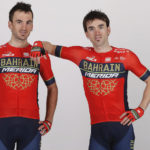
Photo: Marca
Brothers Gorka and Ion Izagirre from Ormaiztegi, Gipuzkoa on Bahrain Merida Pro Cycling Team
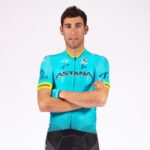
Photo: Twitter
Omar Fraile from Santurtzi, Bizkaia on the Astana Team
All of these guys, with the exception of Omar Fraile and Imanol Erviti, used to compete for the Euskaltel-Euskadi cycling team before it disbanded in 2013.
** This is not an exhaustive list. It is purely compiled by my own Google research, so apologies if I missed anyone. I’m only listing the athletes with obviously Basque names, birthplaces, and professional affiliations (Basque cycling teams).
Where Can I Watch the Tour de France?
US television networks NBC and NBCSN will be showing the Tour de France live in the mornings and replayed later in the day.
If you are looking to stream the event online for free from anywhere in the world, check out these tips from Tech Radar.
What If I Forget to Watch?
If you miss this race or simply can’t get enough of cyclists sweating their way through the Basque Country, you can catch glimpses of the Basque Country again during the Vuelta a España cycling race, which runs from August 25th to September 16th this year.
Stage 17 on Wednesday, September 12th passes through the province of Bizkaia.
Starting in Getxo, cyclists will go through Bilbao, Portugalete, Barakaldo, the Alto de San Juan de Gaztelugatxe, Bermeo, and Gernika.
The stage will finish at Monte Oiz / Munitibar, one of the most prominent summits of the region at 950m / 3,115ft above sea level.
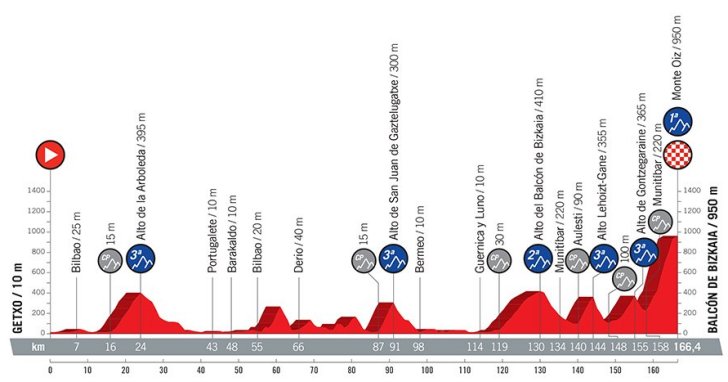
Photo: Cycling Stage
Happy viewing!
Are you watching the Tour de France this year? Let us know in the comments what you enjoy most about it.
Continue Reading:
- 9 Movies Filmed in the Basque Country
- Basque American Contestant on The Bachelorette, Garrett Yrigoyen, Makes the Final 3
- A Hella Basque Visit to Iceland
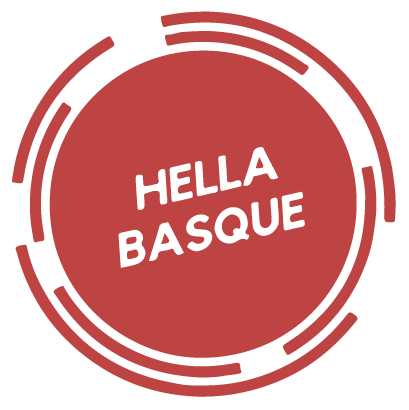

Facebook Comments